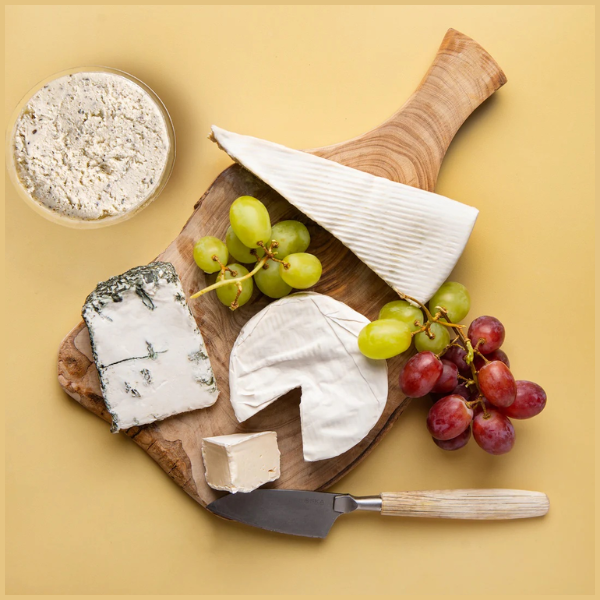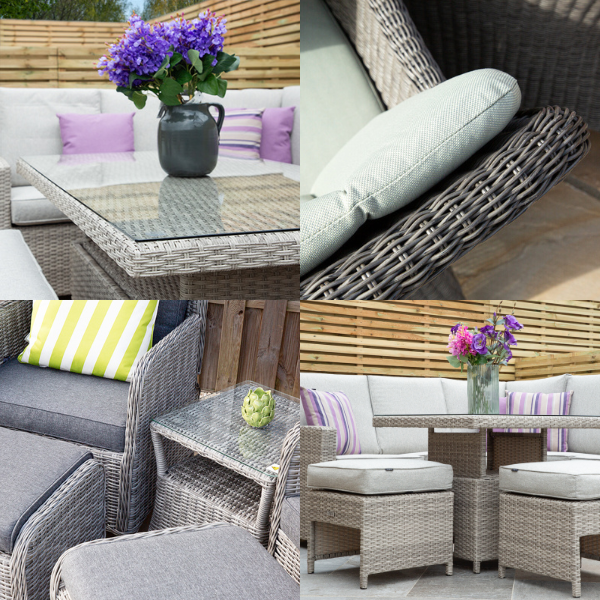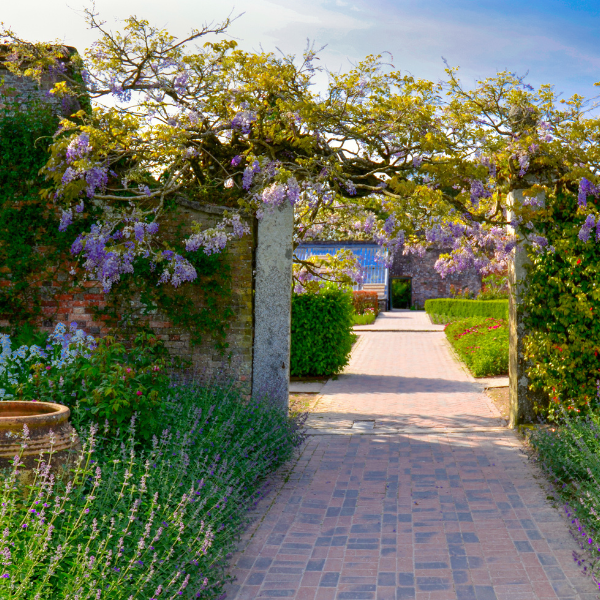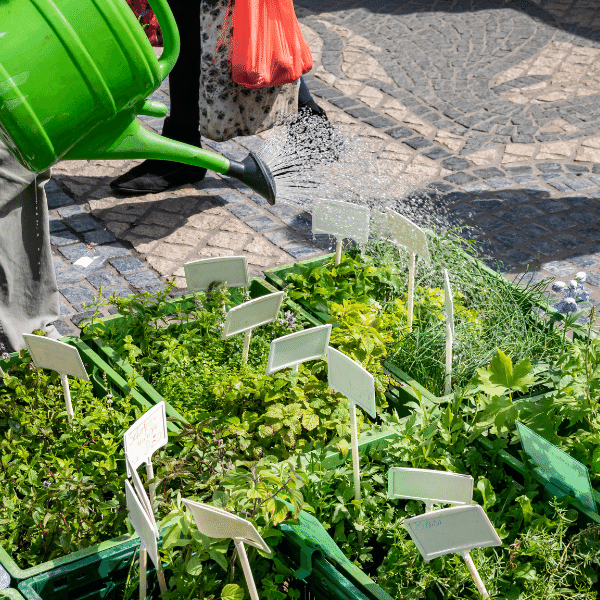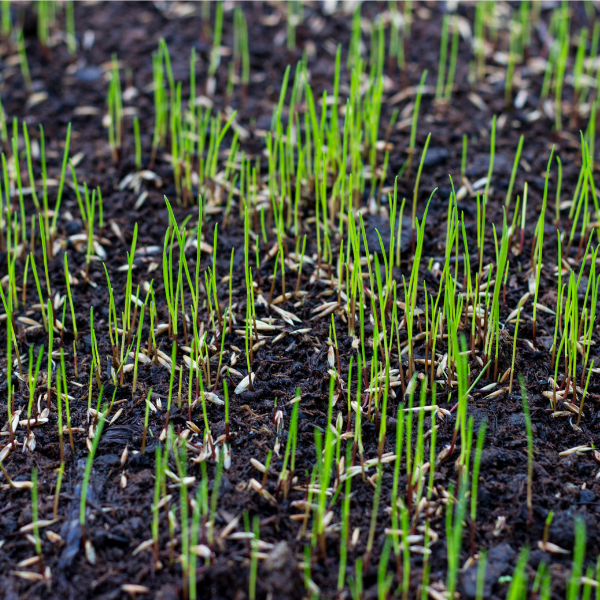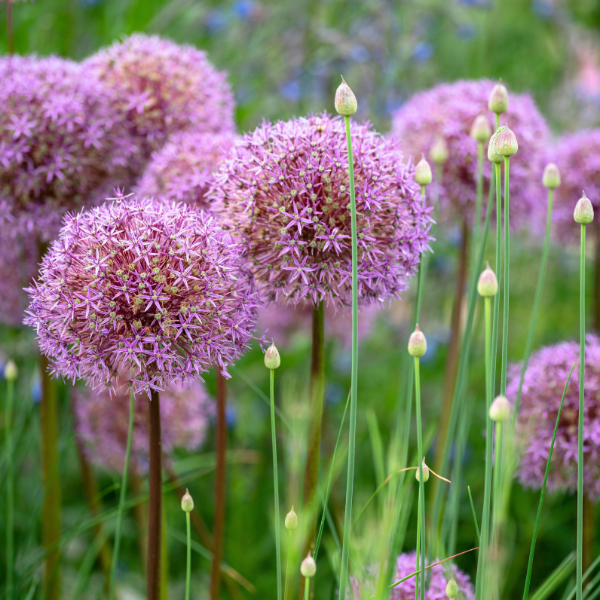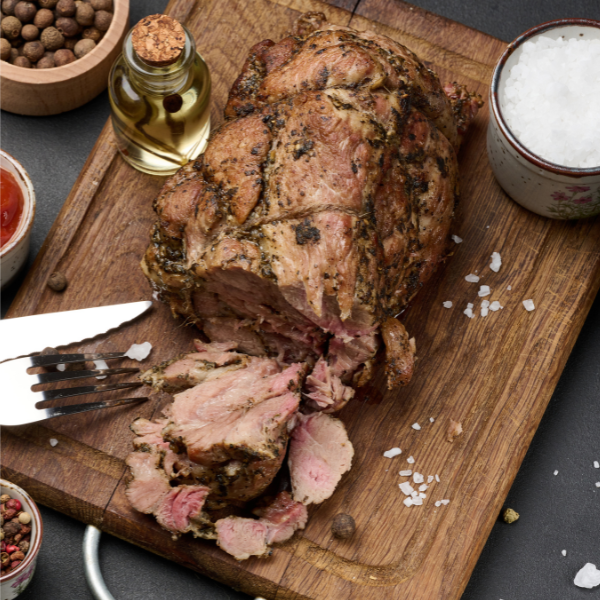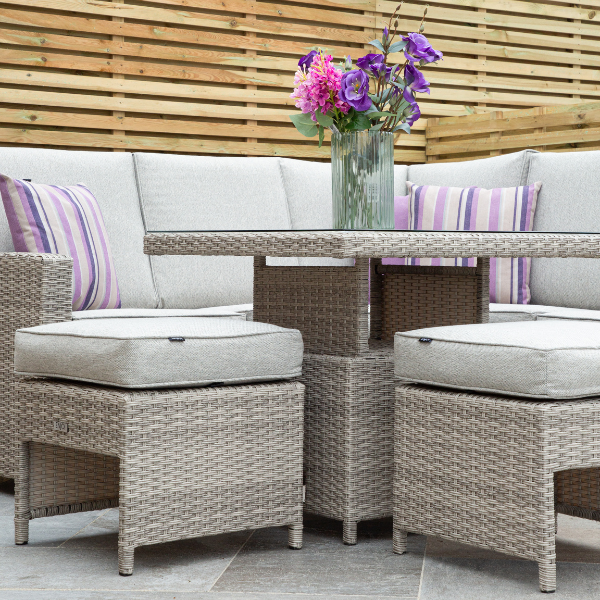Making Your Garden Wildlife - Friendly

Birds
Bird boxes, and feeders will attract birds into your garden to breed and make their home in a safe space away from predators. Make sure that your feeder is squirrel proof and at a height so that foxes aren’t a threat.
- Open-fronted nest boxes are ideal for robins or wrens, and should be placed low to the ground, hidden by shrubs and other plants.
- Classic nest boxes with a small opening at the top are great for avoiding predators and are suitable for a wide variety of small garden birds. They should be placed 2-4 metres up a tree or wall.
- Sparrow terraces are designed for sparrows who breed in colonies, these nest boxes or ‘sparrow terraces’ are basically three nest boxes in one. They should be placed high up, under the eaves of the roof.
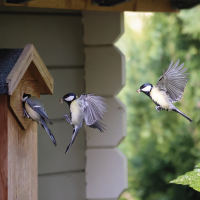
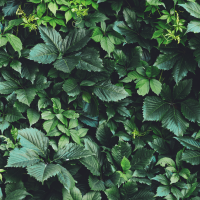
Growing foliage for shelter
Growing climbers up fences or walls in your garden provide shelter whilst having fruit trees provides them with a great source of food that follows on to play an important part in seed dispersal.
Trees, shrubs, and hedges are great for hedgehogs as they can burrow and hide from predators. If you want to encourage them more into your garden, hedgehog houses will make them feel safe and able to make their home.
Source of Water
Ponds and water features can be a habitat for a huge variety of animal life, from amphibians and invertebrates to bathing garden birds. During the summer in drier days, a source of water in your garden could be essential for animals including bees, butterflies, badgers, hedgehogs, and birds.
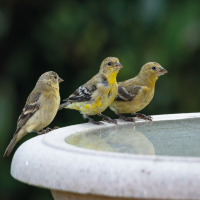
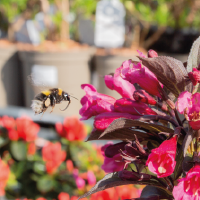
Encouraging bees into your garden
To invite bees into your garden, choose pollen-rich flowers such as hellebores, sunflowers, lavender, honeysuckle, meadow clary and blossom. Some bees emerge from hibernation as early as February, while others are still flying in November. To give bees the best possible chance, grow your flowers from late winter to autumn or all year round if possible.

 2,768 REVIEWS
2,768 REVIEWS